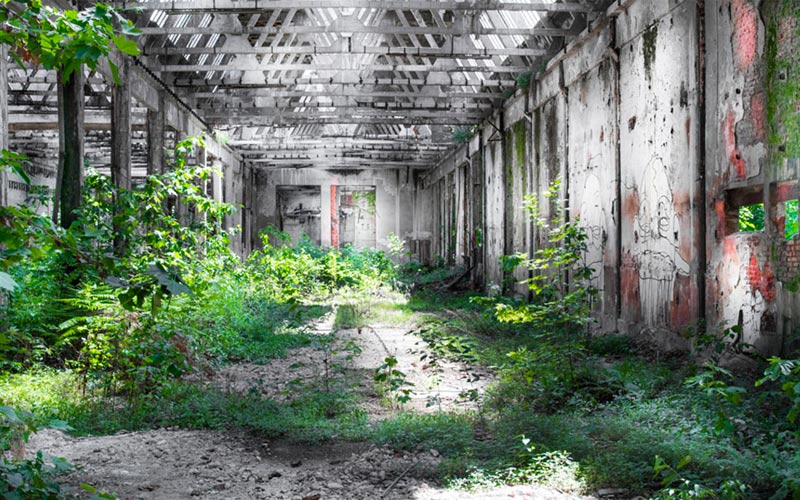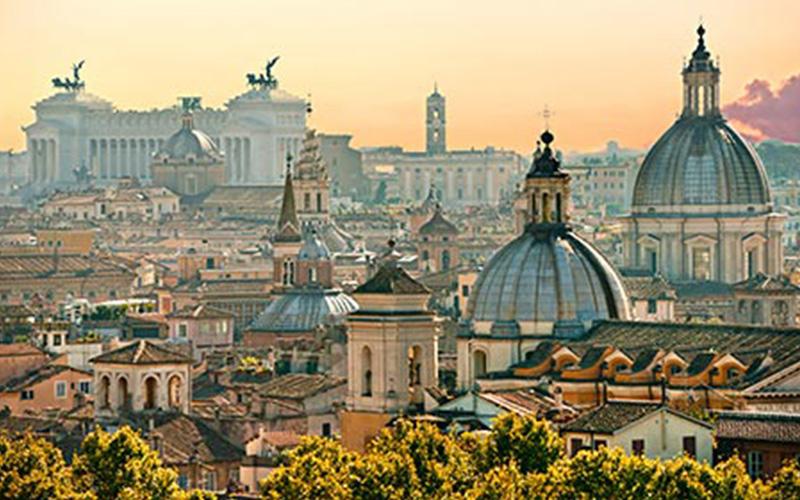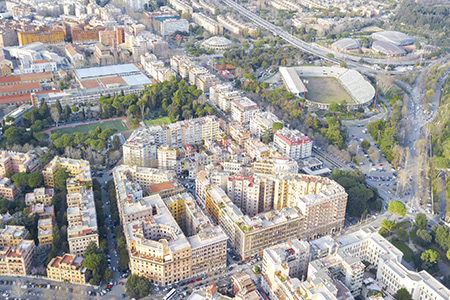The last months saw us forced to abruptly change our habits, questioning the concept of city life, imagining a future return to the countryside and a new model of living far from urban centres. However, there are signs the pandemic has strengthened the role of cities as centres of interaction and exchange. A framework in which the Italian city model, far removed from the megacities concept, could become a source of inspiration for designing future cities.
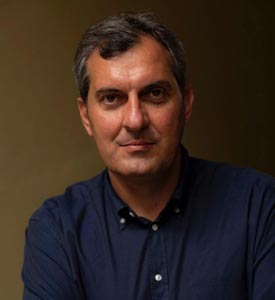
Mario Calabresi, journalist and writer
We talked about this with Mario Calabresi and the guests of the Regeneration Italy dialogue, organised by COIMA to encourage Italian regional regeneration as an excellent opportunity for growth and revitalisation for the country. The event was attended by COIMA CEO Manfredi Catella, the architect and senator for life Renzo Piano, the Webuild CEO, Pietro Salini, and CDP Venture Capital SGR Chairperson Francesca Bria.
The traditional structure of our urban centres can play a vital role in the problematic recovery phase that is unfolding following the launch of the National Recovery and Resilience Plan. Italian cities, historically distinguished by their short distances and connected neighbourhoods, are a virtuous model of organisation and sharing for countries worldwide and an element of attraction for people and investment in our country.
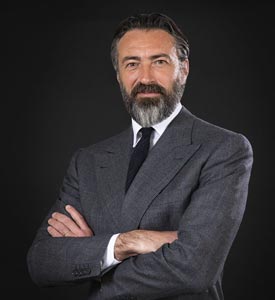
Manfredi Catella, Founder & CEO, COIMA
Manfredi Catella sees urban regeneration as a necessary process for enhancing this Italian cities’ unique feature. However, this is an exceedingly long process: “In our country, it would be necessary to regenerate 100 million square metres, if we consider that 70 per cent of the buildings in Italy are at seismic risk and 40 per cent of the real estate is more than 60 years old. Regenerating our cities would allow a 15 per cent reduction in CO2 emissions in Italy. In addition, it would create between 2-300,000 jobs a year, with a significant decrease in the current regional gap.”
And it is precisely the inequalities and differences that must be overcome today and in the post-pandemic future, promoting the concept of a single urban space where, thanks to modern and efficient infrastructures, it will no longer make sense to distinguish between the centre and suburbs. Everything will be easily accessible in a few minutes.
See also: Italy’s land is the most valuable resource for its recovery
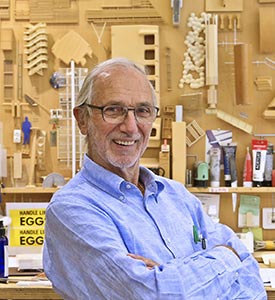
Renzo Piano, Architect and senator for life
Ph. Stefano Goldberg
“Mending is an extraordinary art. It is not patching but holding together. Mending the regions - hydrogeological, forestry, seismic, technological and physical infrastructure connections - is essential because it concerns the very idea of the city, which is far from disappearing. The city is the polis. The city and civilisation are similar and they have the same root. The modern idea of the city must conform to that of the region, and an urban sprawl that goes beyond the countryside and suburbs, where 80 per cent of the people who populate the city live.” According to Renzo Piano, “the real opposition to start from is not between the city and the countryside. The countryside is just a diffused city. The opposite of the city is the desert – space where there is no relationship, no exchange, no shared growth.”
While the term “suburbs” has taken on a negative meaning over time, they should not be eliminated. On the contrary, we need to bring them alive, connecting them with the urban centre. The more we can facilitate this connection, the sooner we will create an environment where anyone, no matter where or what neighbourhood they live in, can reach all the services they need in just 15 minutes.
See also: Planning Resilient Cities
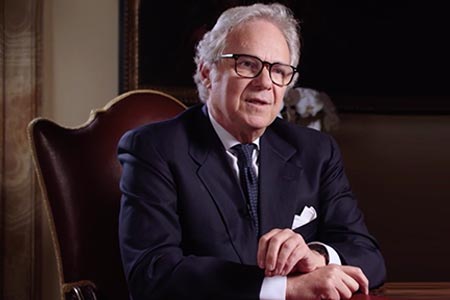
Pietro Salini, CEO, Webuild
To rethink cities inclusively, we need to start from the real needs of citizens and our country, Pietro Salini said: “One of the first things we need to do is to maintain the existing buildings. This means modernising buildings and infrastructures to allow the full development of sustainable mobility.”
An efficient infrastructure system would allow us to quickly connect to smaller towns or remote areas of Italy, which are difficult to reach in a short time. This gives them a mission that makes them alive and productive and significantly changes the flow of people between different areas of the country, further promoting mutual contacts.
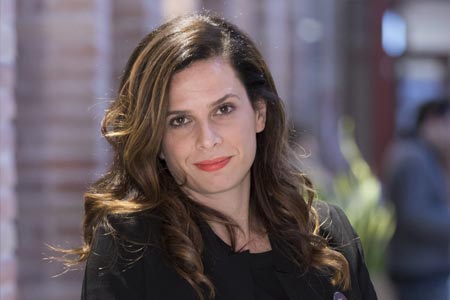
Francesca Bria, CDP Venture Capital SGR Chairperson
Physical and digital infrastructures will emerge as a fundamental tool at the service of the transformation of our cities through an approach that starts from urban and social challenges. According to Francesca Bria, “technology can become part of a city’s vision that connects the north and south of Italy, the centre with suburbs, villages and countryside. Citizens are the first players to be involved in designing the future of our cities, and our smart cities must become an open-air laboratory where plans and projects related to sustainable mobility and digitalisation can be put into practice.”
See also: Cities, capital and skills for a sustainable recovery
Italy’s immediate commitment will be to unite its regions, enhance the beauty of its places, eliminate differentiations, and provide its inhabitants with a hyper-connected maxi urban space where everything is easily accessible while holding together elements that have been considered almost in opposition.
In a few years, no one will speak of an Italian city model comprising small towns and short distances - but will recognise that Italy is an urban sprawl.


